Iranians call the pistachio “Green Gold” because of its intense flavor and cultural popularity. Iranian pistachio producers provide a wide variety of premium pistachios that are handpicked to ensure the highest quality. They take pride in their broad range of pistachios, which enables them to offer our customers a product that will fit their terms and requirements perfectly, whatever they may be.
As well as shelled pistachios, they provide pistachio kernels too. Kernels went through a shelling process, which means they aren’t offered in a shell at the end of the production process. Among these nuts ranges, there are Green Peeled Kernels. This type of pistachio kernel is categorized as fresh and raw pistachio as it’s collected one to two months before the more conventional-looking natural pistachios. Green Peeled Kernels experience a long process to release the kernel from the shell and peel.
Iranian In-Shell Pistachios
Pistachios are famous for their excellent flavor and fun easy-to-crack shells. As a special treat, they are popular during the holidays. These remarkable pistachios are dry roasted in the shell, with salt, and do not include any dyes.
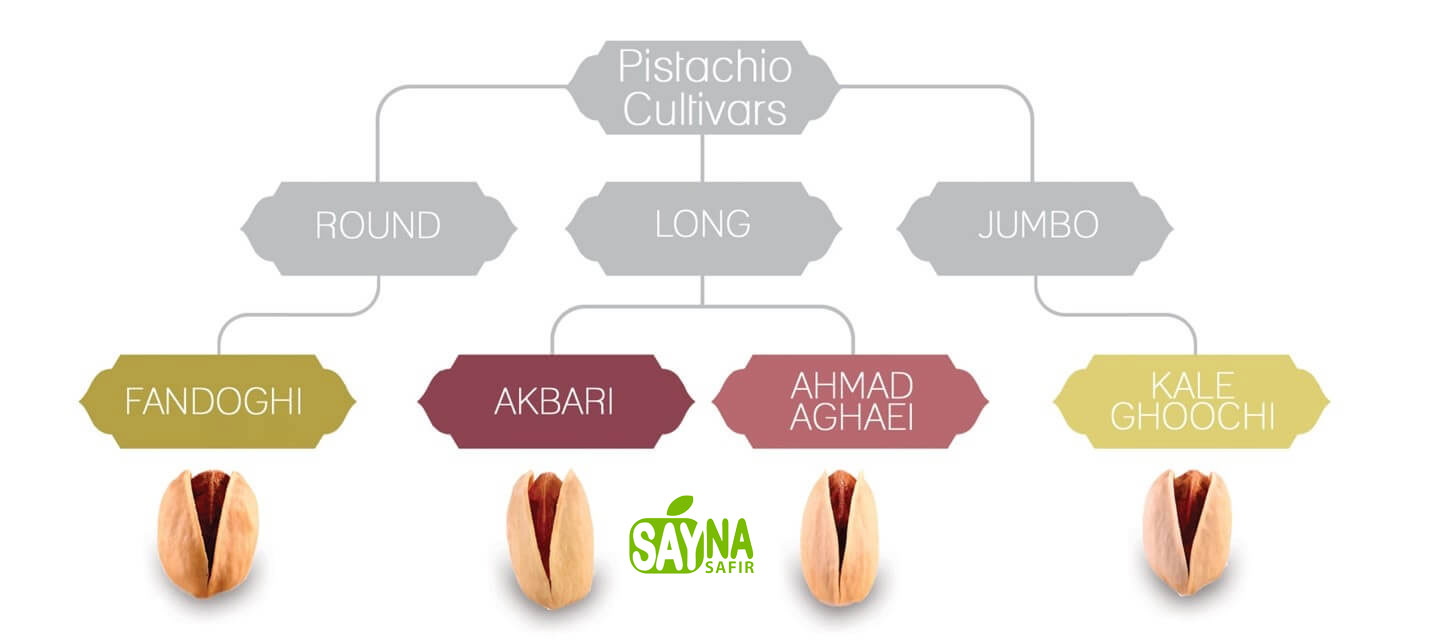
The commercial pistachio varieties of Iran are these types:
- Akbari Pistachio (Super Long Pistachio)
- Ahmad Aghaei Pistachio (Long Pistachio)
- Fandoghi Pistachio (Round Pistachio)
- Kalleh Ghouchi Pistachio (Jumbo Pistachio)
- Badami Pistachio (Row Long Pistachio)
Each cultivar is classified into three groups:
- Naturally Opened Pistachios
- Mechanically Opened Pistachios
- Closed Shell Pistachios
Many people don’t realize that pistachios come in a variety of types. You may have thought that, when you purchase pistachios, the differences are from one manufacturer to the next.
Although this is sometimes the case, there are still different types of pistachios on the market. Each type is known for being slightly different in some unique way. In our guide, we will go through some of the different types of pistachios so you know what to expect next time you purchase this delicious nut.
Types of Pistachios
1. Iranian Round Pistachio (Fandoghi)
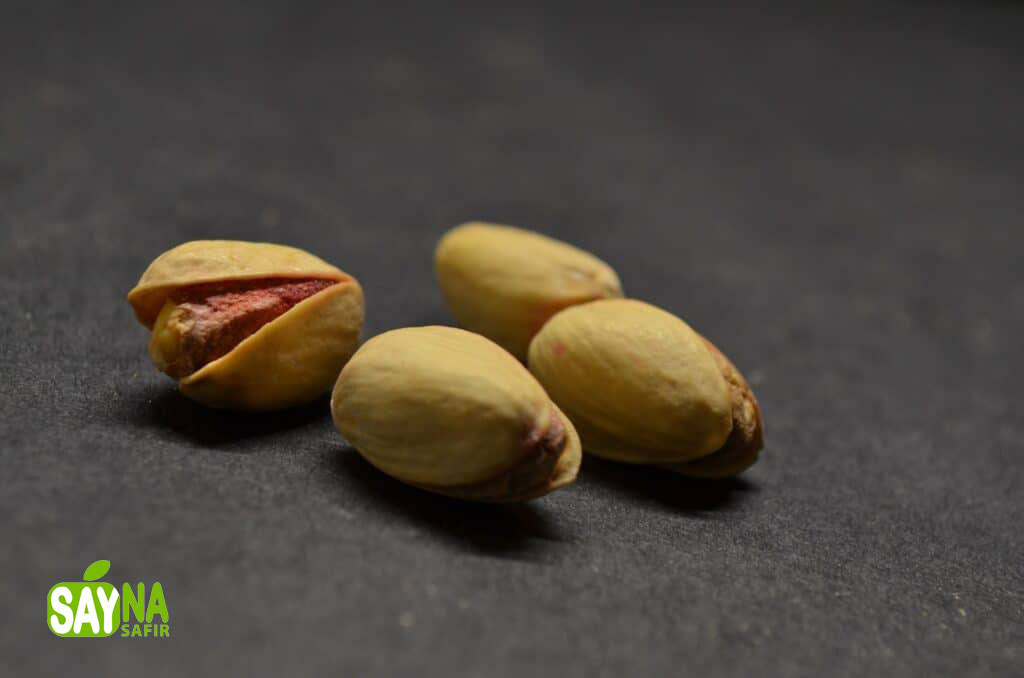

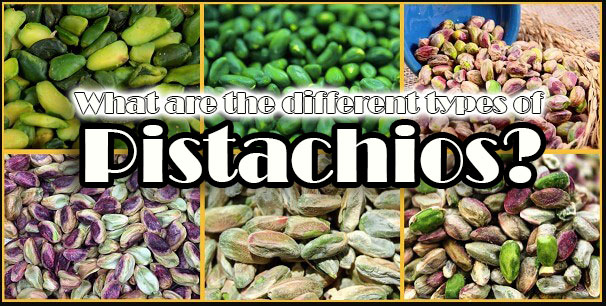
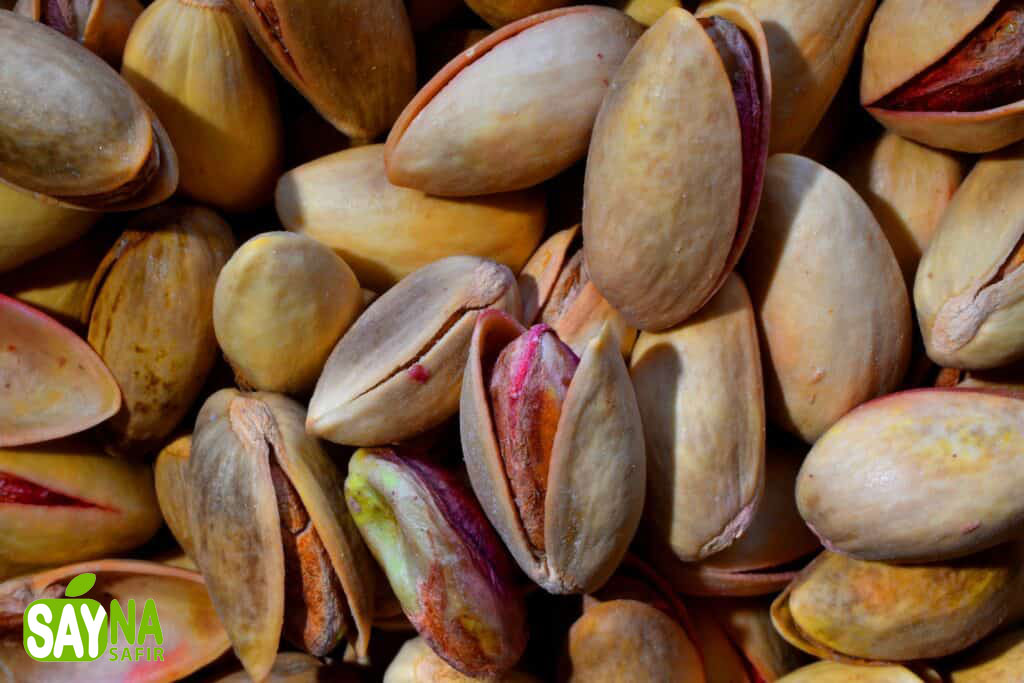
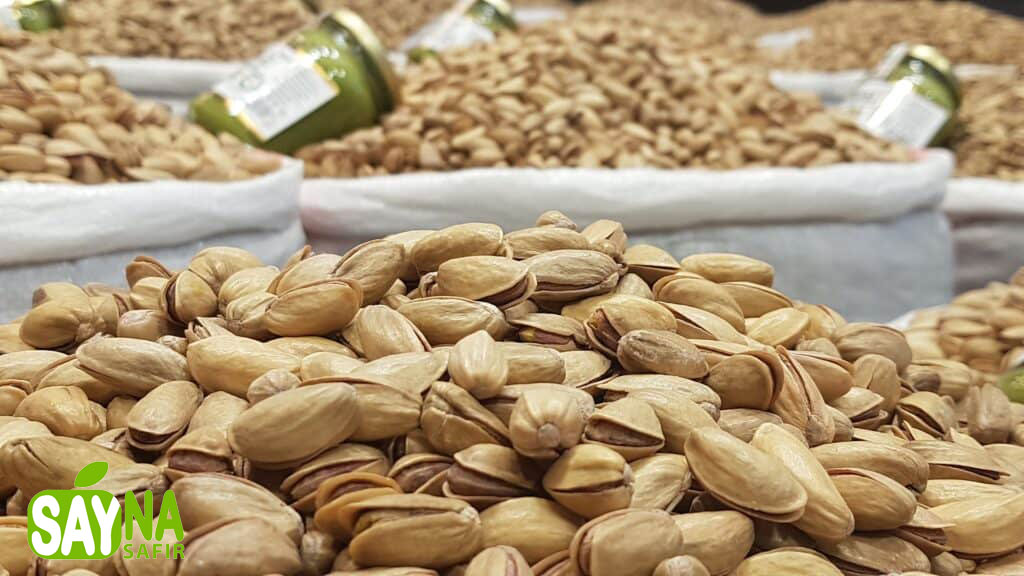
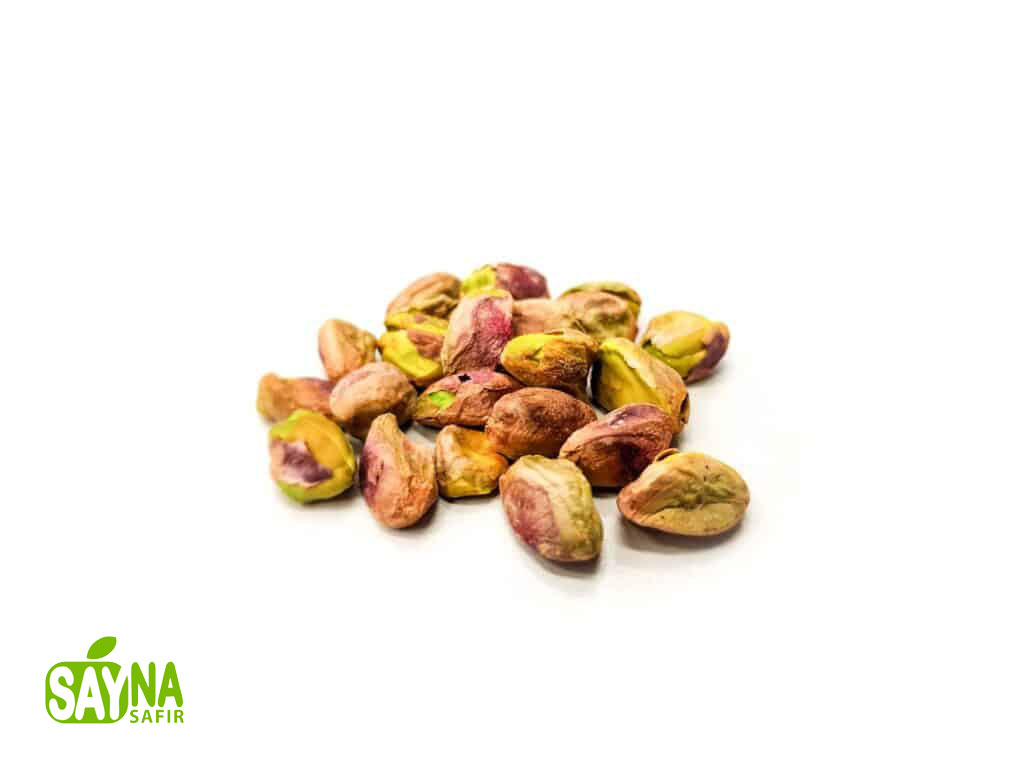
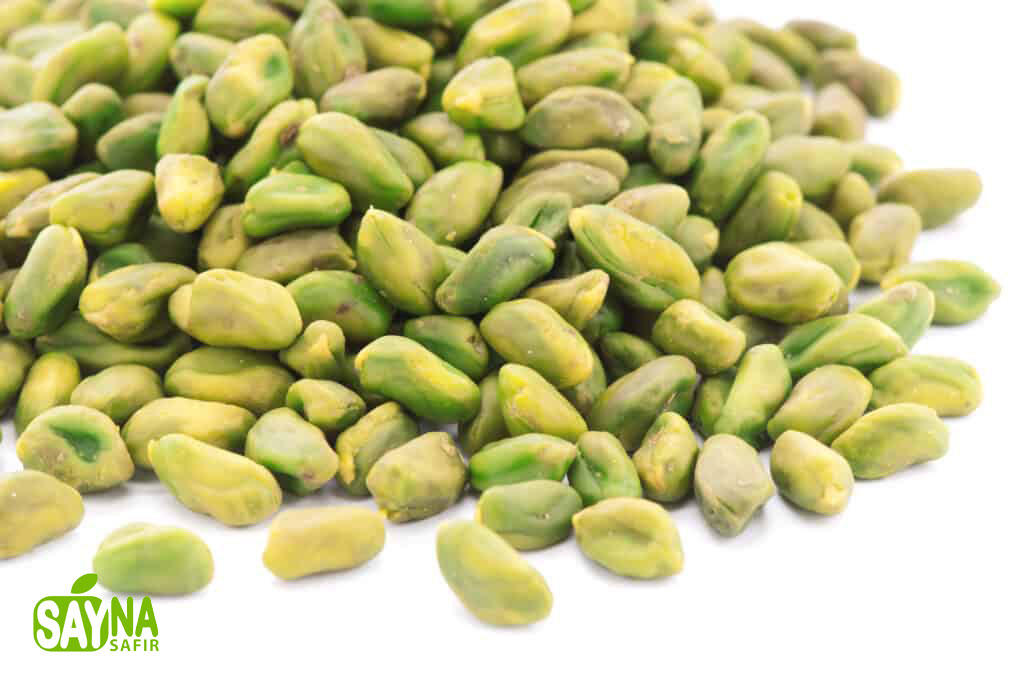
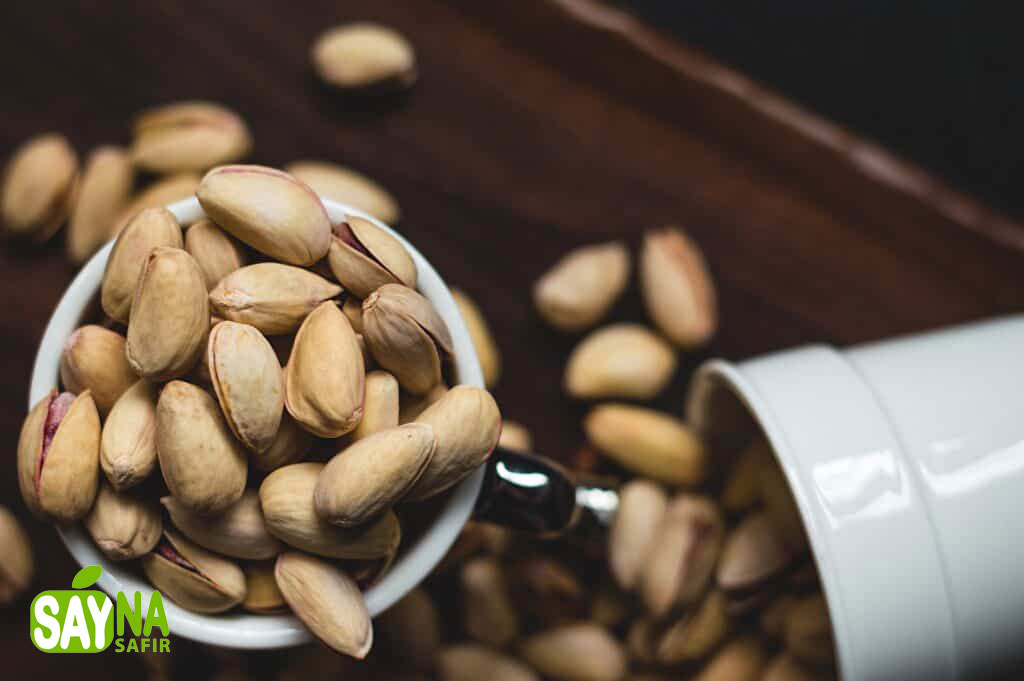
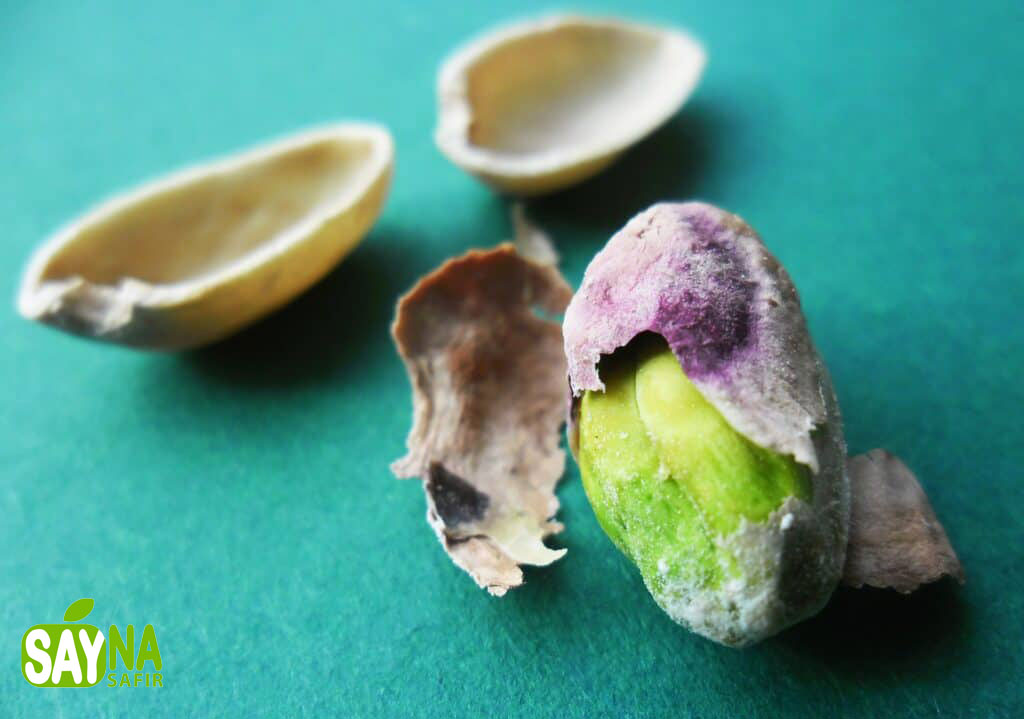
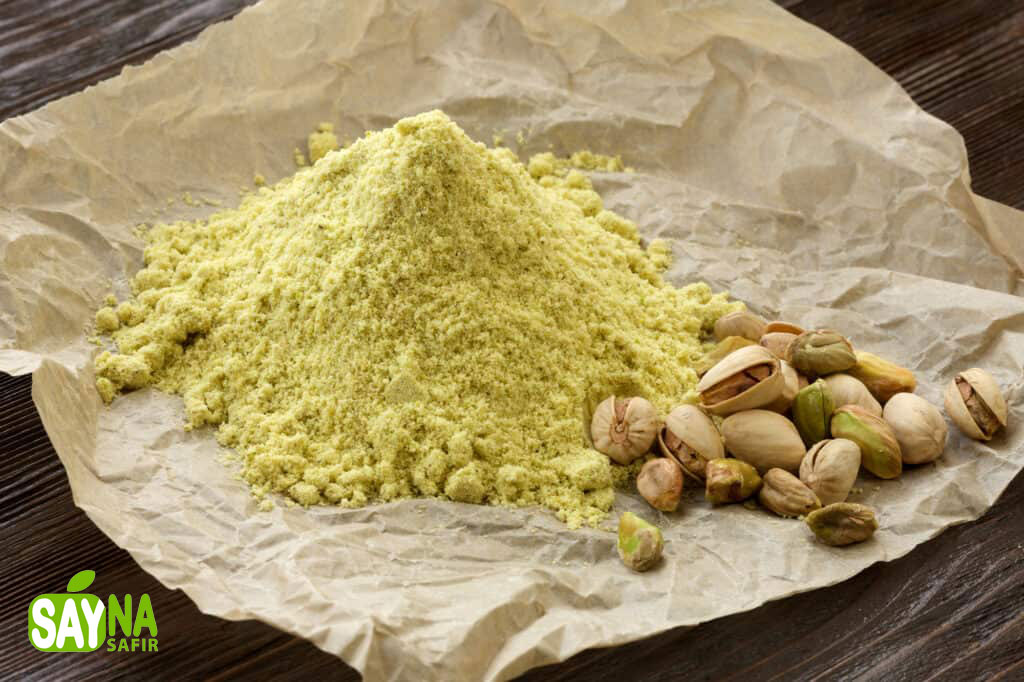
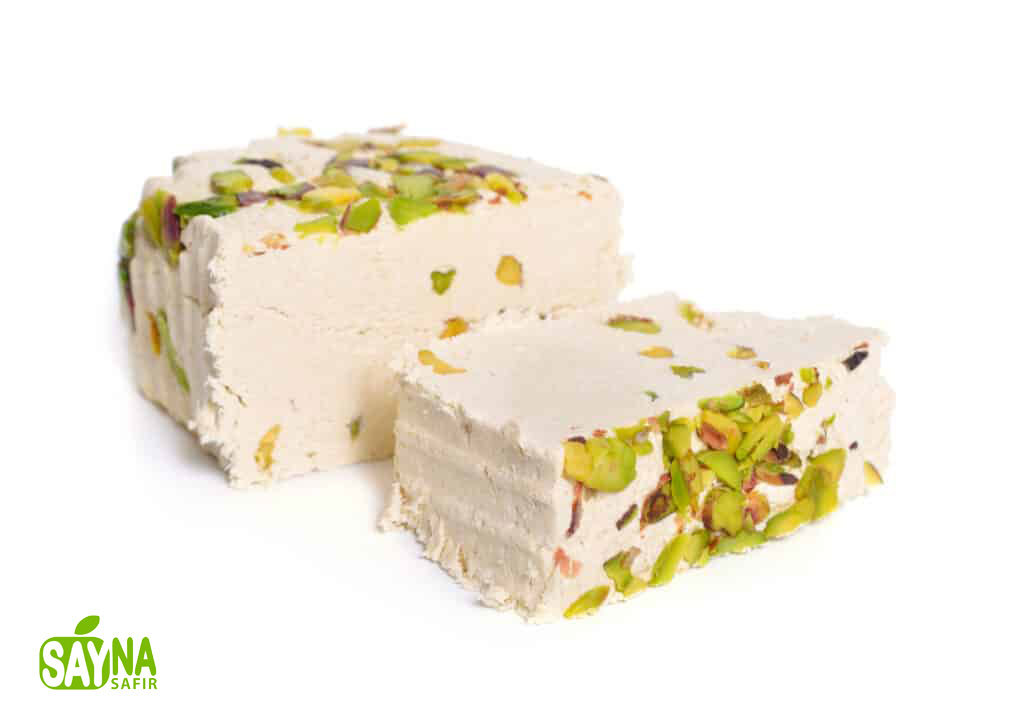
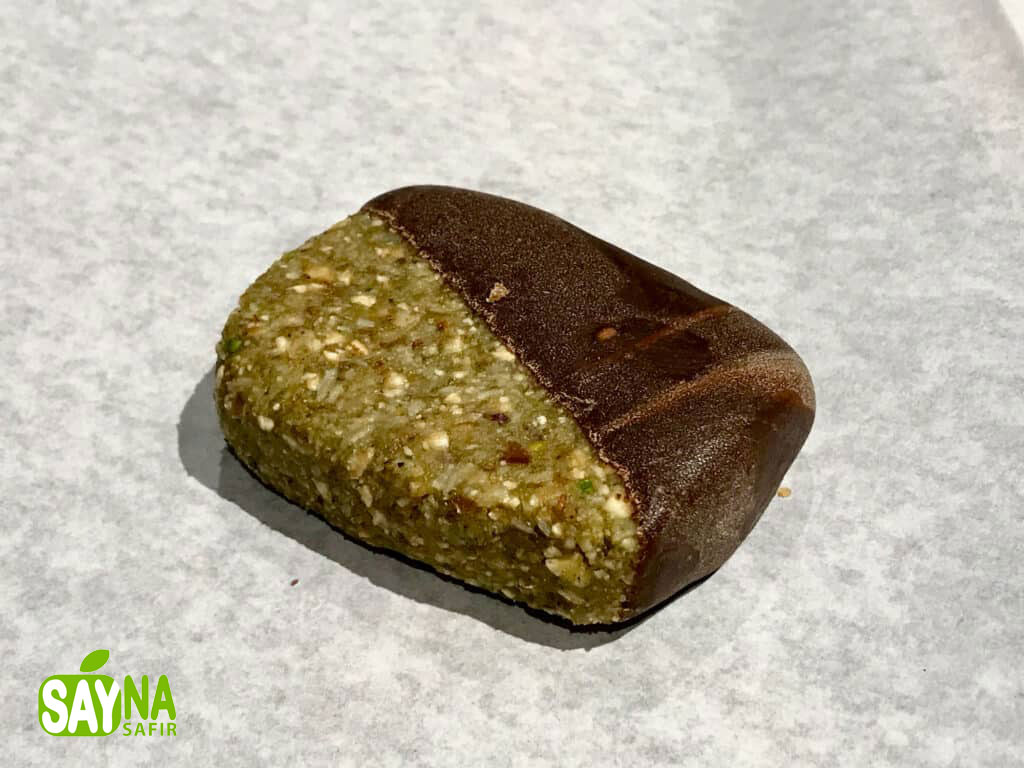
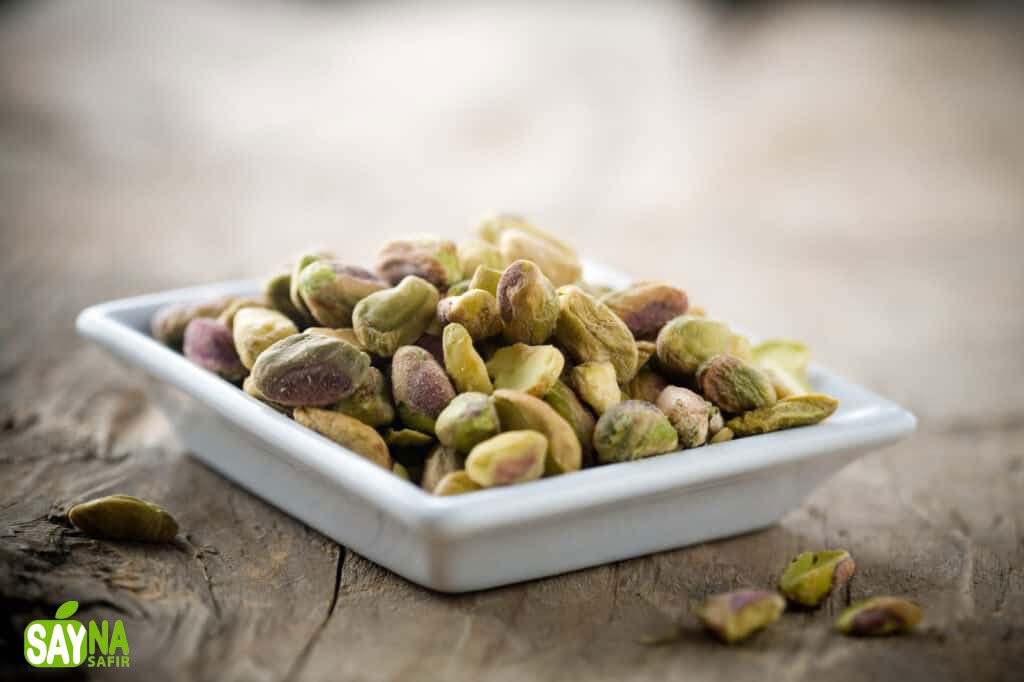

 Pistachio paste comes from roasted milled pistachio kernels which can be sweetened or without added sugar. This delicious paste is a processed product that contains 100% high-quality Iranian pistachio. Its unique flavor and bizarre features have made it accessible to be used in a diversity of applications in different industries such as culinary, chocolate, confectionery, ice cream, and the dairy industry. The best thing is that the fat in this product is the natural pistachio nut fat, which has no cholesterol.
Pistachio paste comes from roasted milled pistachio kernels which can be sweetened or without added sugar. This delicious paste is a processed product that contains 100% high-quality Iranian pistachio. Its unique flavor and bizarre features have made it accessible to be used in a diversity of applications in different industries such as culinary, chocolate, confectionery, ice cream, and the dairy industry. The best thing is that the fat in this product is the natural pistachio nut fat, which has no cholesterol.
Leave a Reply